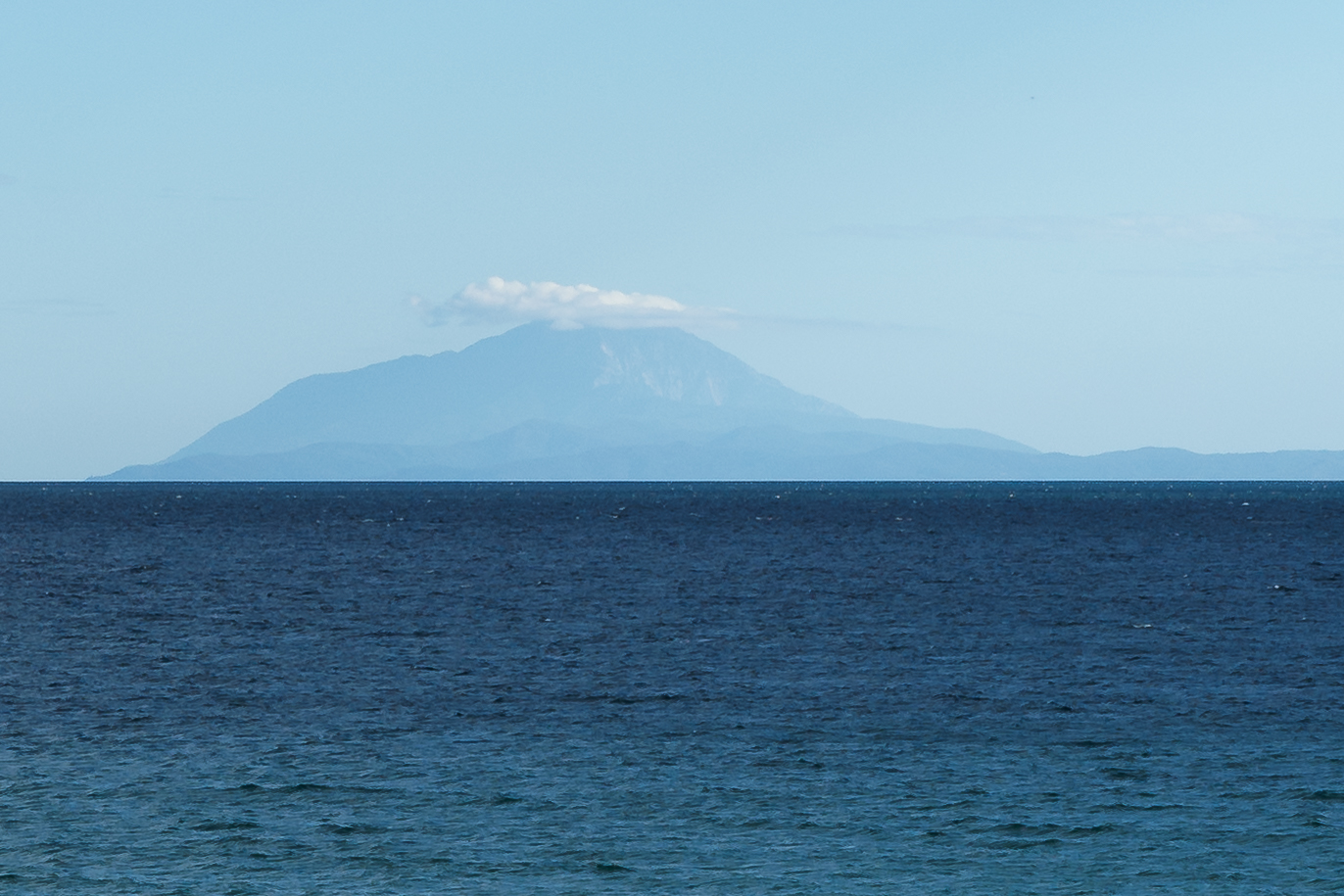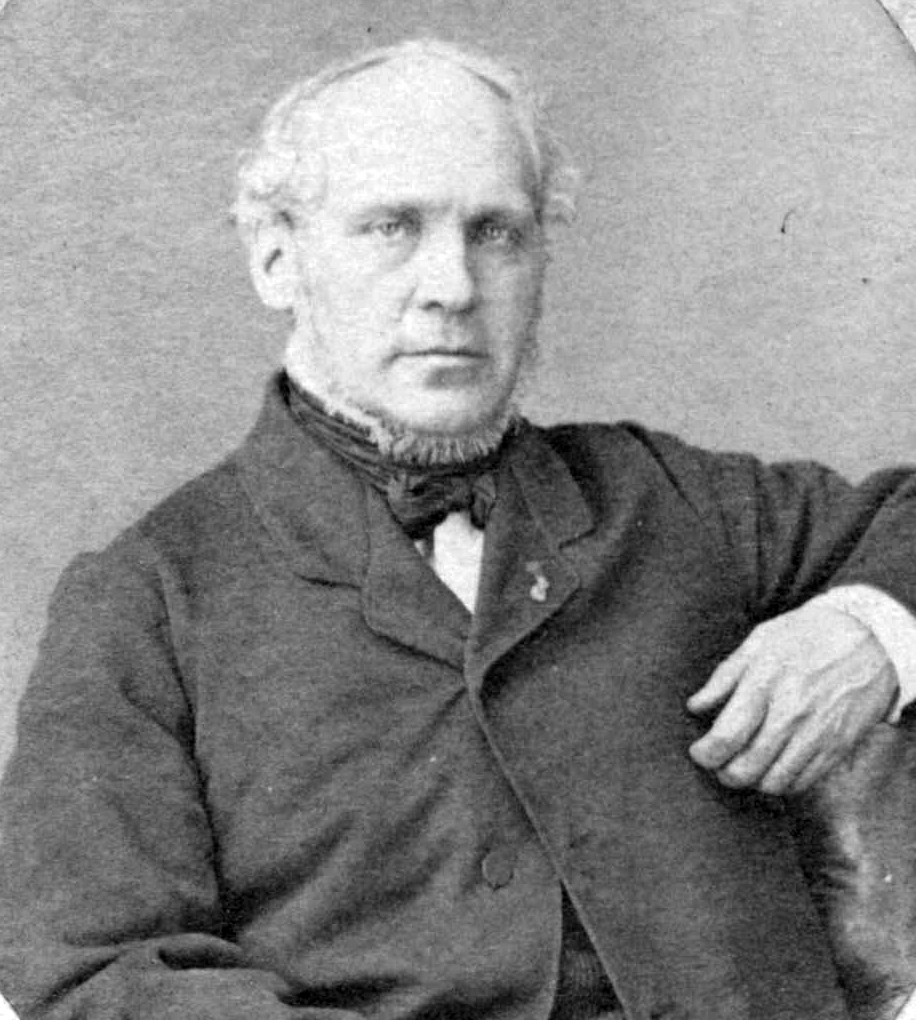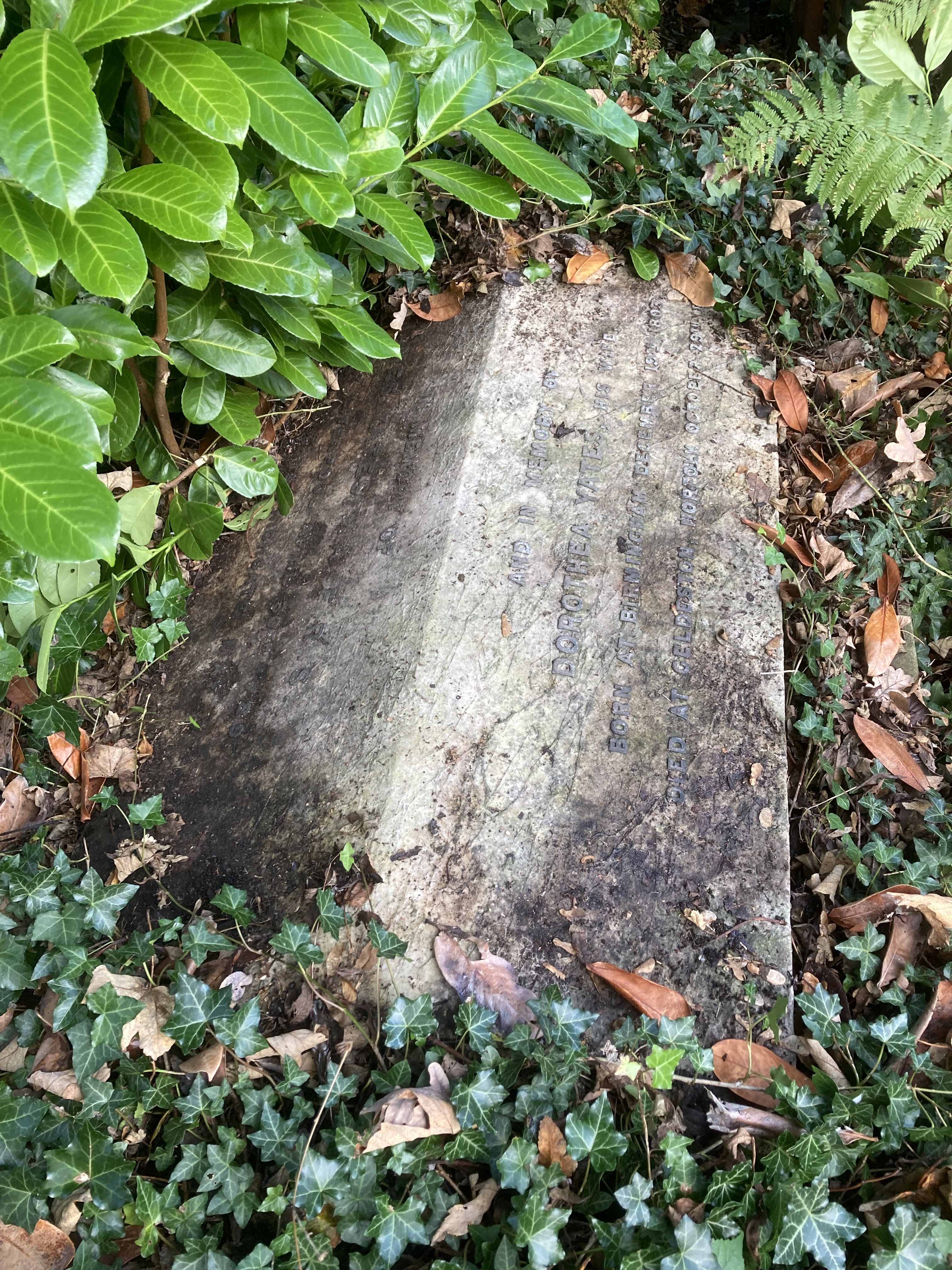|
Minoides Mynas
Konstantinos Minas (; died 1859) was a manuscript collector and dealer from the Ottoman Empire. He spent much of his life in France, and after the Greek War of Independence undertook commissions in the Levant. Early life According to the '' Encyclopædia Britannica 1911'', which names him as "Minas inoïdes, he was born in Macedonia; in an official statement he made in 1840, his place of birth was given as Voltia, in the province of Salonica, "en Grèce", on 1 December 1788. Omont also mentions 1798 as a possible date of birth. A source places Voltia near what is now Thessaloniki. Minas was a pupil of Athanasios Parios, and became a teacher of philosophy and rhetoric. He was teaching at Serres on the outbreak of the Greek insurgency. In France Minas arrived at Marseille in August 1819, and in 1822 in Paris was authorised to teach Ancient Greek language and literature. He took part in the Philhellenic Committee of Paris, founded in 1821. In 1829 Minas failed in his attempt to su ... [...More Info...] [...Related Items...] OR: [Wikipedia] [Google] [Baidu] |
Ottoman Empire
The Ottoman Empire (), also called the Turkish Empire, was an empire, imperial realm that controlled much of Southeast Europe, West Asia, and North Africa from the 14th to early 20th centuries; it also controlled parts of southeastern Central Europe, between the early 16th and early 18th centuries. The empire emerged from a Anatolian beyliks, ''beylik'', or principality, founded in northwestern Anatolia in by the Turkoman (ethnonym), Turkoman tribal leader Osman I. His successors Ottoman wars in Europe, conquered much of Anatolia and expanded into the Balkans by the mid-14th century, transforming their petty kingdom into a transcontinental empire. The Ottomans ended the Byzantine Empire with the Fall of Constantinople, conquest of Constantinople in 1453 by Mehmed II. With its capital at History of Istanbul#Ottoman Empire, Constantinople (modern-day Istanbul) and control over a significant portion of the Mediterranean Basin, the Ottoman Empire was at the centre of interacti ... [...More Info...] [...Related Items...] OR: [Wikipedia] [Google] [Baidu] |
Mount Athos
Mount Athos (; ) is a mountain on the Athos peninsula in northeastern Greece directly on the Aegean Sea. It is an important center of Eastern Orthodoxy, Eastern Orthodox monasticism. The mountain and most of the Athos peninsula are governed as an Autonomous administrative division, autonomous region in Greece by the monastic community of Mount Athos, which is ecclesiastically under the direct jurisdiction of the Ecumenical Patriarchate of Constantinople, Ecumenical Patriarch of Constantinople. The remainder of the peninsula forms part of the Aristotelis (municipality), Aristotelis municipality. By Greek law and by religious tradition, women are prohibited from entering the area governed by the monastic community. Mount Athos has been inhabited since ancient times and is known for its long Christian presence and historical monastic traditions, which date back to at least 800 AD during the Byzantine Empire, Byzantine era. Because of its long history of religious importance, the ... [...More Info...] [...Related Items...] OR: [Wikipedia] [Google] [Baidu] |
Charles Victor Daremberg
Charles Victor Daremberg (14 March 1817, Dijon – 24 October 1872) was a French librarian, medical historian and classical philologist. He began his medical studies in Dijon, later relocating to Paris, where he served as librarian of the Académie de Médecine and at the Bibliothèque Mazarine. Also, he gave lectures at the Collège de France and held the chair of '' Histoire de la médecine''. In the field of classical philology, he translated works by Galen and Hippocrates. With archaeologist Edmond Saglio (1828-1911), he was editor of ''Dictionnaire des Antiquités Grecques et Romaines'', later published in ten volumes between 1877 and 1919. References * This article incorporates text based on a translation of an equivalent article at the French Wikipedia The French Wikipedia () is the French-language edition of Wikipedia, the free online encyclopedia. This edition was started on 23 March 2001, two months after the official creation of Wikipedia. It has :fr:Specia ... [...More Info...] [...Related Items...] OR: [Wikipedia] [Google] [Baidu] |
Constantine Simonides
Constantine Simonides (1820–1867) was a Greek palaeographer and dealer of icons, with knowledge of manuscripts and calligraphy. He was one of the most versatile forgers of the nineteenth century. Life He was born on the small Greek island of Symi, in the southeastern Aegean Sea in 1820 (or in 1824). He was reported to have died in 1867 of leprosy in Alexandria, Egypt. That report is now seen as false, a faked death, and he passed in a small village in Albania in 1890 as Alcibiades Simonides. Simonides lived in the monasteries on Mount Athos between 1839 and 1841 and again in 1852, during which time he acquired some of the biblical manuscripts that he later sold. He produced a lot of manuscripts ascribed to Hellenistic and early Byzantine periods. He allegedly forged a number of documents and manuscripts and claimed they were the originals of the Gospel of Mark, as well as original manuscripts of poems of Homer. He sold some of these manuscripts to the King of Greece. Greek schol ... [...More Info...] [...Related Items...] OR: [Wikipedia] [Google] [Baidu] |
Bibliothèque Mazarine
The , or Mazarin Library, is located within the Palais de l'institut de France, or the Palace of the Institute of France (previously the Collège des Quatre-Nations of the University of Paris), at 23 quai de Conti in the 6th arrondissement, on the Left Bank of the Seine facing the Pont des Arts and the Louvre. Originally created by Cardinal Mazarin as his personal library in the 17th century, it today has one of the richest collections of rare books and manuscripts in France, and is the oldest public library in the country. History The founder of the library, Cardinal Jules Raymond Mazarin (1602–1661), was born Giulio Ramondo Mazzarino in Pescina in the Kingdom of Naples, into a noble but poor family. He went into the church and studied at the Jesuit Collegio Romano, College in Rome, though he declined to join their order. He went into the Papal service, where he became known for his diplomatic, political and military skills, and was assigned as a nuncio to the French cou ... [...More Info...] [...Related Items...] OR: [Wikipedia] [Google] [Baidu] |
Philippe Le Bas
Philippe Le Bas (18 June 1794 in Paris – 19 May 1860 in Paris) was a French hellenist, archaeologist and translator. He was the son of Philippe Le Bas and Elisabeth Duplay, the daughter of Robespierre's landlord Maurice Duplay. He was only 6 weeks old when his father committed suicide on Robespierre's fall on 27 July 1794 in the Thermidorian Reaction. Later, he served as a tutor to Louis Napoleon, the future Emperor Napoleon III Napoleon III (Charles-Louis Napoléon Bonaparte; 20 April 18089 January 1873) was President of France from 1848 to 1852 and then Emperor of the French from 1852 until his deposition in 1870. He was the first president, second emperor, and last .... Works * "Voyage en Asie-Mineure"Revue de philologie, de littérature et d'histoire anciennes 1 (1845) 27–46, 201–228, 323–354 ''Asie Mineure depuis les temps les plus anciens jusqu'à la bataille d'Ancyre, en 1402'' ed. Paul Chéron, Paris: Firmin Didot, 1863lower-quality copy with maps ''Voyage ... [...More Info...] [...Related Items...] OR: [Wikipedia] [Google] [Baidu] |
James Yates (minister)
James Yates (30 April 1789 – 7 May 1871) was an English Unitarian minister and scholar, known as an antiquary. Life He was the fourth son of John Yates (1755–1826) by his wife Elizabeth (1750–1819), youngest daughter of John Ashton of Liverpool, and widow of John Bostock the elder (cf John Bostock (physician)), and was born in Toxteth Park, Liverpool, on 30 April 1789. Joseph Brooks Yates was his eldest brother; another brother, Richard Vaughan Yates (4 August 1785 – 30 November 1856) was the donor of Prince's Park to the inhabitants of Liverpool, while John Ashton Yates became an MP. His father, minister (1777–1823) of the dissenting congregation in Kaye Street, Liverpool, which moved to Paradise Street (1791), was a noted preacher. Receiving early training from William Shepherd, he entered Glasgow University in 1805, and went on for his divinity course (1808) to Manchester College, then at York, under Charles Wellbeloved. While still a student he acted (1809� ... [...More Info...] [...Related Items...] OR: [Wikipedia] [Google] [Baidu] |
Légion D'honneur
The National Order of the Legion of Honour ( ), formerly the Imperial Order of the Legion of Honour (), is the highest and most prestigious French national order of merit, both military and Civil society, civil. Currently consisting of five classes, it was originally established in 1802 by Napoleon, Napoleon Bonaparte, and it has been retained (with occasional slight alterations) by all later French governments and regimes. The order's motto is ' ("Honour and Fatherland"); its Seat (legal entity), seat is the Palais de la Légion d'Honneur next to the Musée d'Orsay, on the left bank of the Seine in Paris. Since 1 February 2023, the Order's grand chancellor has been retired General François Lecointre, who succeeded fellow retired General Benoît Puga in office. The order is divided into five degrees of increasing distinction: ' (Knight), ' (Officer), ' (Commander (order), Commander), ' (Grand Officer) and ' (Grand Cross). History Consulate During the French Revolution, all ... [...More Info...] [...Related Items...] OR: [Wikipedia] [Google] [Baidu] |
Constantinople
Constantinople (#Names of Constantinople, see other names) was a historical city located on the Bosporus that served as the capital of the Roman Empire, Roman, Byzantine Empire, Byzantine, Latin Empire, Latin, and Ottoman Empire, Ottoman empires between its consecration in 330 until 1930, when it was renamed to Istanbul. Initially as New Rome, Constantinople was founded in 324 during the reign of Constantine the Great on the site of the existing settlement of Byzantium, and shortly thereafter in 330 became the capital of the Roman Empire. Following the collapse of the Western Roman Empire in the late 5th century, Constantinople remained the capital of the Eastern Roman Empire (also known as the Byzantine Empire; 330–1204 and 1261–1453), the Latin Empire (1204–1261), and the Ottoman Empire (1453–1922). Following the Turkish War of Independence, the Turkish capital then moved to Ankara. Although the city had been known as Istanbul since 1453, it was officially renamed as Is ... [...More Info...] [...Related Items...] OR: [Wikipedia] [Google] [Baidu] |
Gümüşhane
Gümüşhane () is a city in the Black Sea Region of Turkey. It is the seat of Gümüşhane Province and Gümüşhane District.İl Belediyesi Turkey Civil Administration Departments Inventory. Retrieved 1 March 2023. Its population is 39,214 (2022). The city lies along the Harşit River, about southwest of Trabzon. The city lies at an elevation of . History It is suggested that the ancient Thia ( in , a settlement of Roman, Late Roman and |
Sumela Monastery
Sumela Monastery (, ''Moní Panagías Soumelá''; ) is a museum and former Ecumenical Patriarchate of Constantinople, Greek Orthodox monastery in the Pontic Mountains, in the Maçka district of Trabzon Province in modern Turkey. Nestled in a steep cliff at an elevation of about facing the Altındere Valley National Park, Altındere valley, it is a site of great historical and cultural significance, as well as a major tourist attraction within Altındere National Park. Due to an increase in rock falls, on 22 September 2015, the monastery was closed to the public for safety reasons for the duration of one year to resolve the problem; this was later extended to three years. It reopened to tourists 25 May 2019. The monastery is one of the most important historic and touristic venues in Trabzon. Etymology The origin of the name of the monastery is disputed. The more popular theory is the Greek "Sou Melá", meaning "of black (mountain)" (as in the dark/black mountain). Another the ... [...More Info...] [...Related Items...] OR: [Wikipedia] [Google] [Baidu] |







